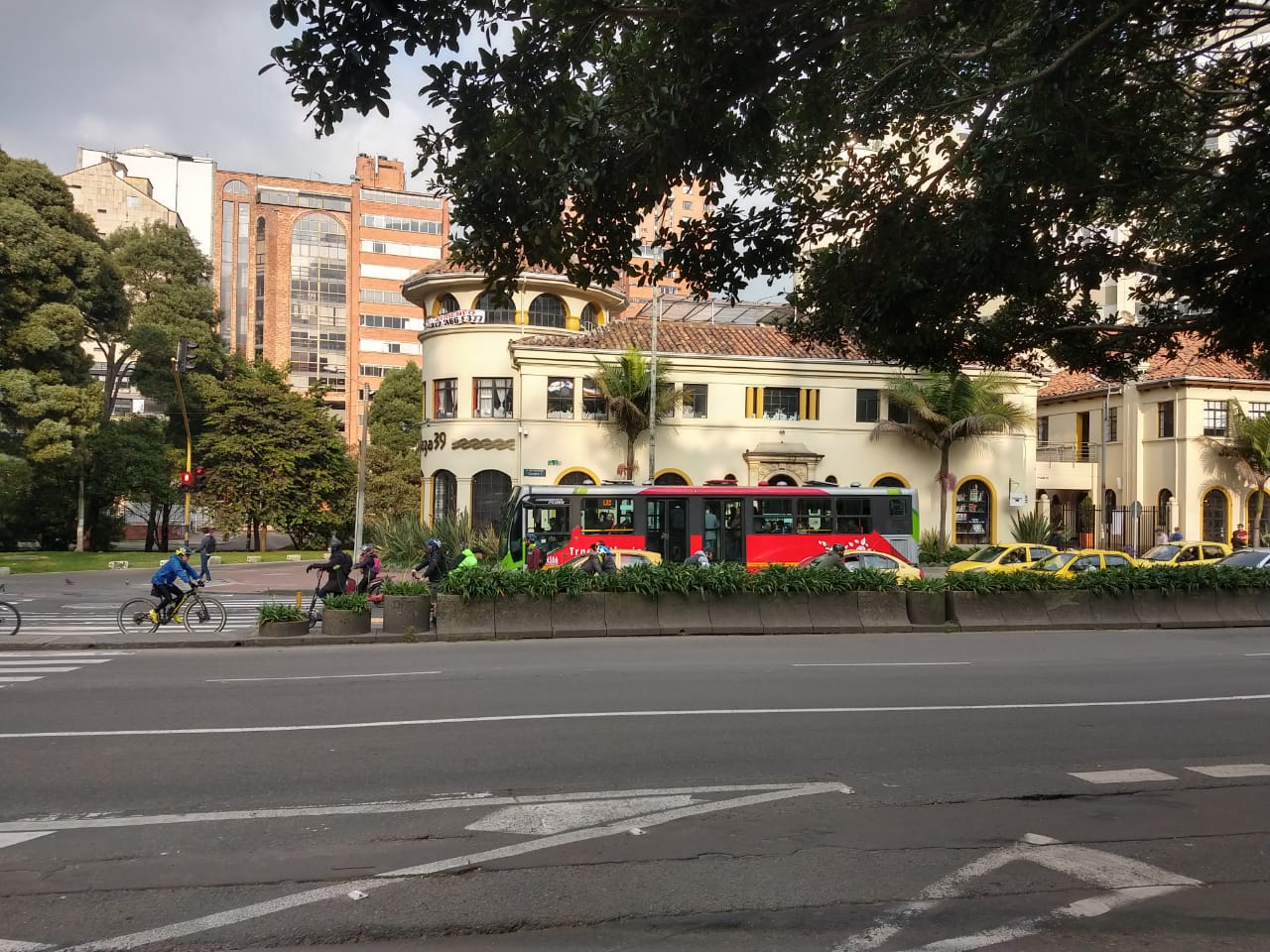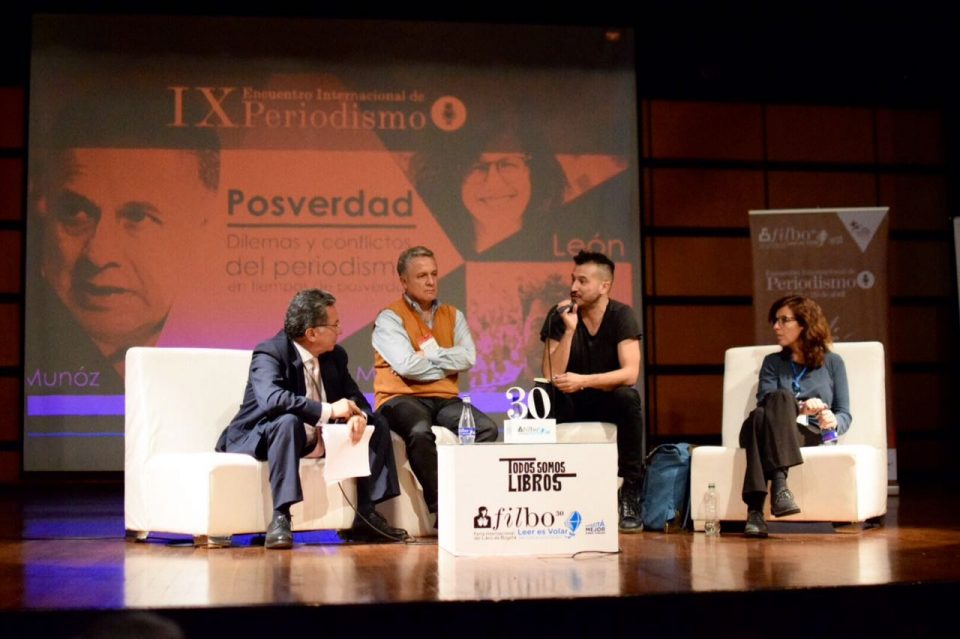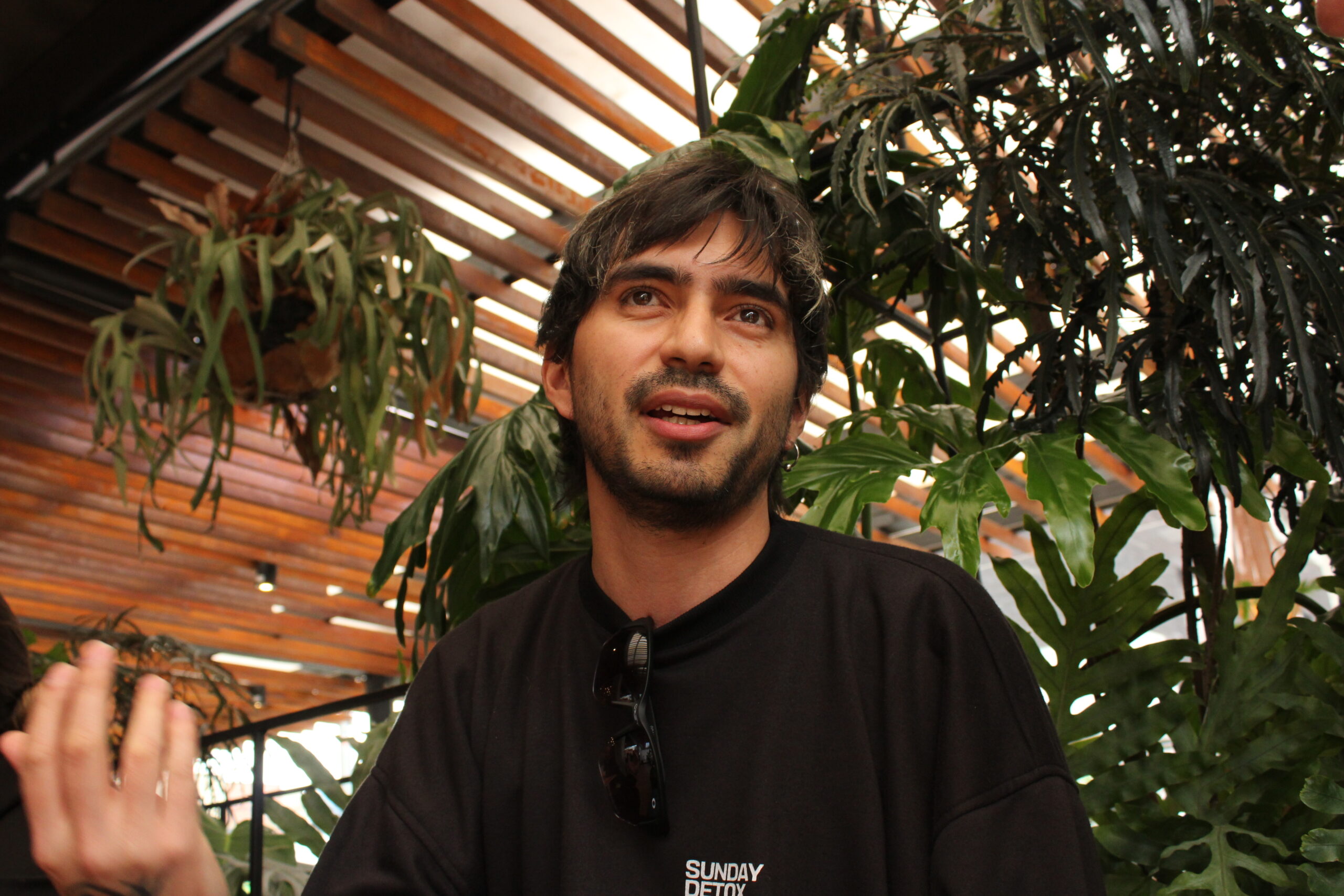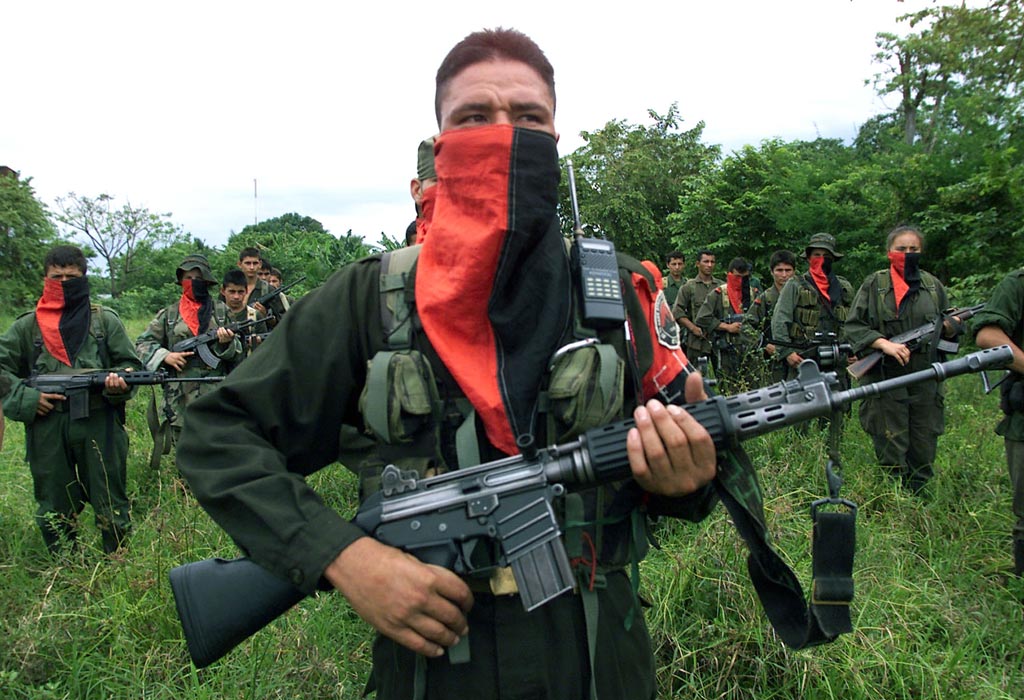
With the amount of information, and misinformation, being peddled in the run up to the plebiscite, it can be difficult to see what is fact and what is fantasy.
As all parties in the peace process agreement sign the historic peace accord, campaigns from both the Yes and No camps are ramping up before the plebiscite on October 2. We take a look at some of the more common notions associated with it and see whether they have merit or not
Although several recent surveys indicate that support for the peace agreements has increased since the June 23 announcement of a bilateral ceasefire, there is still widespread scepticism amongst Colombians. On the political stage, the opposition led by Álvaro Uribe has unsurprisingly pledged to reject the peace deal in the plebiscite. Ex-President Andrés Pastrana, who himself engaged in (unsuccessful) peace talks with the FARC whilst in office, has recently asked the Colombian Conservative Party to take a unified stance on the matter by backing the “No” campaign.
Unfortunately, “No” campaigners benefit greatly from various misconceptions regarding the peace process. While there are undoubtedly imperfections in the proposed agreement, if people are to make an informed decision, it is vital that they learn which of these so-called ‘facts’ are actually myths.
1. “The transitional justice agreement is an agreement for impunity.”
The high level of controversy associated with questions such as how to deal with past human rights abuses and how to adequately address the countless victims of the conflict has given rise to many misconceptions. Critics of the victims’ agreement regard it as an impunity pact. However, those guilty of human rights violations or transgressions of international humanitarian law will under no circumstances be granted amnesties or pardons under the new system. If perpetrators accept full responsibility and tell the truth about the crimes they’ve committed, they do have the possibility of serving a sentence of constrained liberty outside of prison. Whether or not this is too lenient is up for debate, but it certainly does not amount to impunity. In fact, given that most of these crimes have never been investigated by the ordinary justice system, the new Jurisdiction for Peace constitutes a unique opportunity to guarantee victims a more effective access to justice.
2. “Ex-FARC combatants will receive a monthly salary of COP$1.8 million.”
This is perhaps one of the older myths that the government has worked hard to refute since its emergence. The truth is that none of the partial agreements contain any provisions on salaries for ex-combatants. In fact, anything related to reincorporating FARC rebels into civilian life has yet to be decided. The issue is currently being discussed as part of the “end of the conflict” point on the peace agenda in Havana. Typically, reincorporation strategies include social, psychological or even socio-economic support. Guaranteeing salaries, however, is highly unlikely to be part of the reintegration policy.
3. “Civilians will have to coexist with FARC rebels in the transitional zones.”
FARC fighters will begin laying down their arms inside 23 transitional zones as stipulated by the June 23 ceasefire agreement. Previous experiences regarding such zones have made Colombians sceptical and fearful at the thought of being in direct contact with armed guerrilla rebels in these geographical areas. Yet, the agreement strictly prohibits the entry of civilians into the transitional zone encampments where FARC rebels will be gathered. Transfer from the encampments to the transitional zones will be done completely without arms and under strict safety regulations which will be in place for the benefit of nearby communities. This will include maintaining the full force of the law within the zones.
4. “FARC leaders will go on to be presidents.”
Political participation of ex-combatants is something many people worry about. The idea that ex-FARC members could even be presidents has been one of the most recent scares amongst Colombians. A look at what has been regulated under the political participation agreement reveals that this has been completely blown out of proportion. Firstly, the pact contemplates a more democratic and open system with solid guarantees for participation for all, not just for the future party or movement that will emerge from the FARC. Secondly, the FARC’s transition into a legal political party is a process that is still in the making. A National Guerrilla Conference is in charge of forging the nature and structure of this party. Even so, FARC-leader Timochenko affirmed in an interview with Russian TV channel RT that “no one (in the FARC) is working towards being president or a minister.” He added that they aspire to implement a political project that will mainly revolve around “consolidating a stable peace with social justice.”
Veronika Hoelker holds a Master’s degree in International Relations of the Americas from UCL and currently works at the Bogotá-based NGO Permanent Committee for the Defence of Human Rights. Veronika assists the judicial advisers at the NGO in matters related to transitional justice and the Colombian peace process in general.





